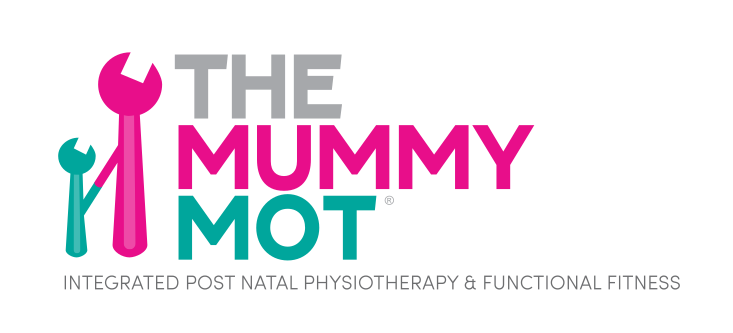This week the Mummy MOT which is a postnatal check up for all women carried out from six weeks onwards after giving birth is focusing on the tummy gap.
A statement I often hear from my postnatal clients is “I still look pregnant” or “Why hasn’t my tummy gone back to normal”. The tummy gap is so so common with the research showing that 100% of women will have some degree of seperation during pregnancy fortunately it resolves itself in 65% as the mother recovers from the birth.
The tummy gap or separation of the rectus abdominus muscles is known in the medical world as the diastasis of the rectus abdominis. All pregnant women will develop a degree of abdominal separation during their third trimester of pregnancy and is a normal change of the muscles to allow the growth of the baby. In essence, what occurs is that the rectus abdominis muscle which is the same muscles that can make a “six-pack” will stretch and move towards either side of the abdominal wall. The linea alba which runs down the abdominal wall and made of really strong collagen fibres will also stretch and widen and this is often referred to as “the gap”. For most women, this natural separation will close in the first six to eight weeks following birth of baby. For others, the separation can remain and needs a little more attention.
Tips for rehabilitating the diastasis recti;
- The early days of motherhood can be filled with sleep deprivation and exhaustion. Allow your body to rest as much as possible in the first four to six weeks. It will serve you and your baby better.
- If you are concerned that your tummy or pelvic floor muscles are not recovering from the birth don’t ignore this. Book an appointment with a women’s health specialist physiotherapist who can assess you and provide you with an appropriate rehabilitation plan.
- Don’t focus on the ‘width of the gap’ but do focus on your function. Get yourself moving in the right way and build your strength from the inside out. Some basic abdominal strengthening exercises can assist with this.
- Don’t hold your breath or suck your stomach in but instead focus on breathing. Allowing your abdominal muscles to contract and relax the way they were designed to.
- Don’t forget about your pelvic floor muscles which may need some extra attention following the birth of baby. It is important focus on correctly engaging your pelvic floor muscles during exercise and strengthening your pelvic floor muscles can still occur many months to years after the birth of baby.

